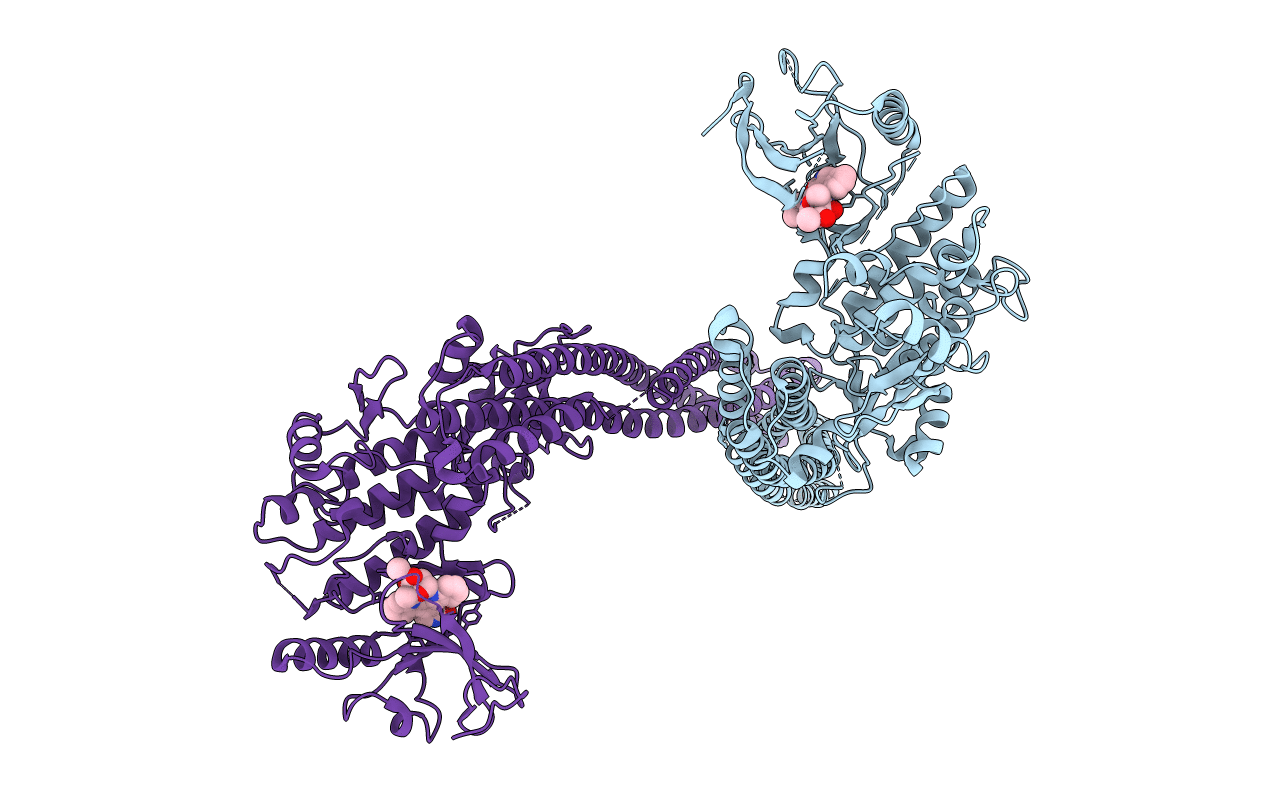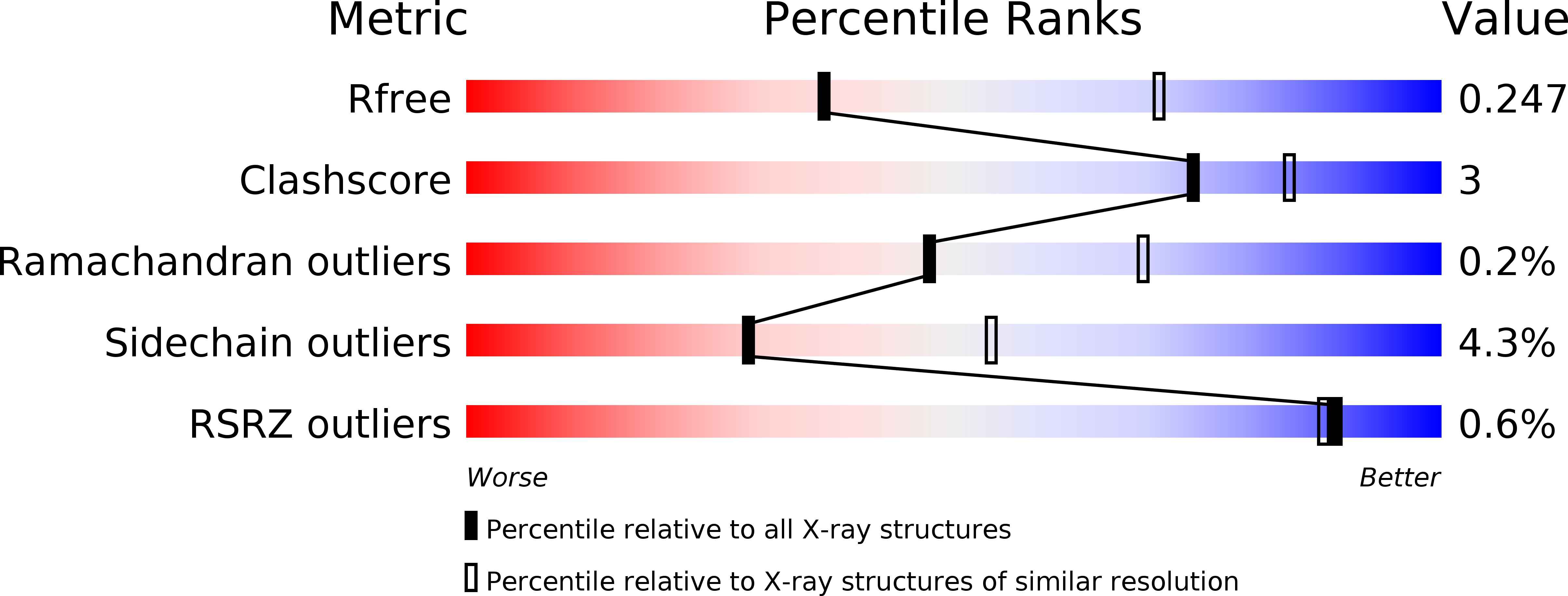
Deposition Date
2013-05-02
Release Date
2013-06-26
Last Version Date
2024-10-30
Method Details:
Experimental Method:
Resolution:
2.83 Å
R-Value Free:
0.23
R-Value Work:
0.18
R-Value Observed:
0.18
Space Group:
P 1 21 1


